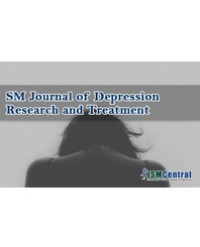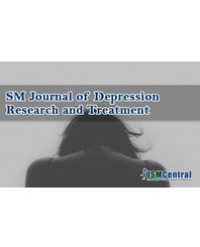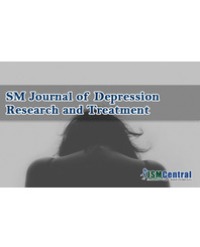Depression is a heterogeneous mental illness and one of the leading causes of disability worldwide. Poor understanding of neurobiology of depression and neural mechanisms of antidepressant drugs could be associated to their serendipitous discoveries. The first line of antidepressant medications (tricyclics, monoamine oxidase inhibitors, selective serotonin reuptake inhibitors, noradrenaline reuptake inhibitors, serotonin and noradrenaline reuptake inhibitors) are apparently ineffective in several patients. In principle, some of these antidepressant medications increase monoamine transmission directly (through serotoninergic or adrenergic receptors) or indirectly (by inhibiting the enzymatic breakdown and transport of serotonin and norepinephrine neurotransmitters). Meanwhile, other mechanistic hypotheses of antidepressant drugs have been linked to cholinergic transmission, γ-amino butyric acid, neuronal plasticity, hypothalamic pituitary adrenal axis, reward system, receptor activation or blockade (κ opioid receptor, cannabinoid receptor, cytokine-regulated pathways, Melatonin receptor), protein/enzyme inhibition (histone deacetylase, tissue plasminogen, vasopressin receptor, NK1 receptor antagonists, phosphor-diesterase inhibitors, circadian gene products. This review sought to highlight the neural structures, biomolecules and circuits that participate in the mechanisms of the first line antidepressant drugs. The contents of this review were retrieved from globally available database (Science Direct, PubMed, ACS, SciFinder, Scopus, Web of Science among others). Findings showed that, most of the first line antidepressant drugs are associated with different side effects and delayed therapeutic effects. The side effects are consequences of multiple interactions or mechanisms of antidepressant drug’s action. The delayed effect otherwise called therapeutic action lag has been worsened by low level of adherence to long term antidepressant treatment. Researchers are still groping in the dark in their attempts to understand mechanisms of antidepressant drugs, promote development of fast acting drugs, improve medical diagnosis, drug prescription and ensure effective treatment of depression with little or no side effects of drugs.



